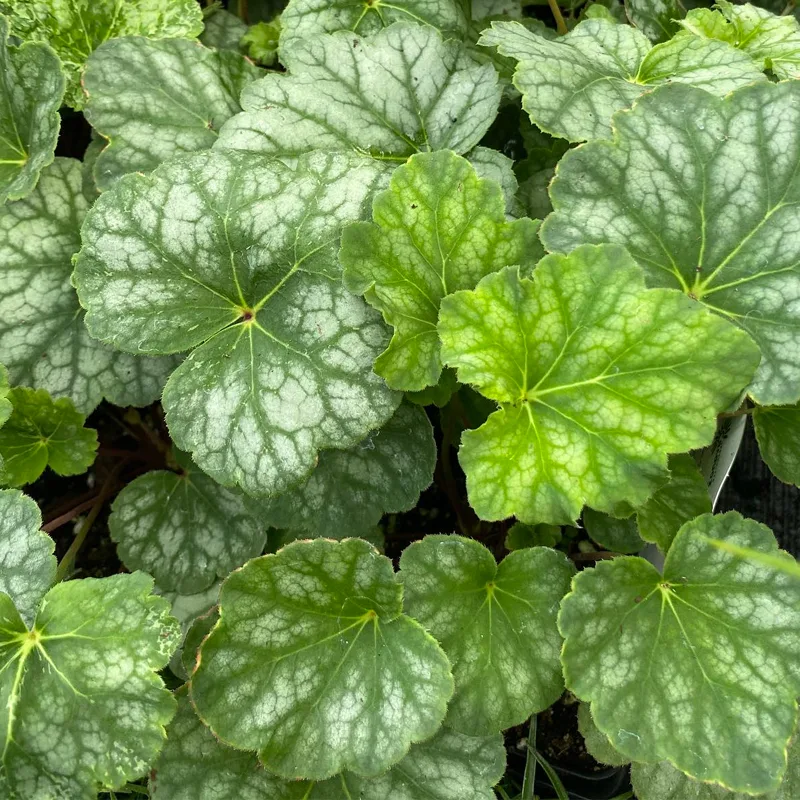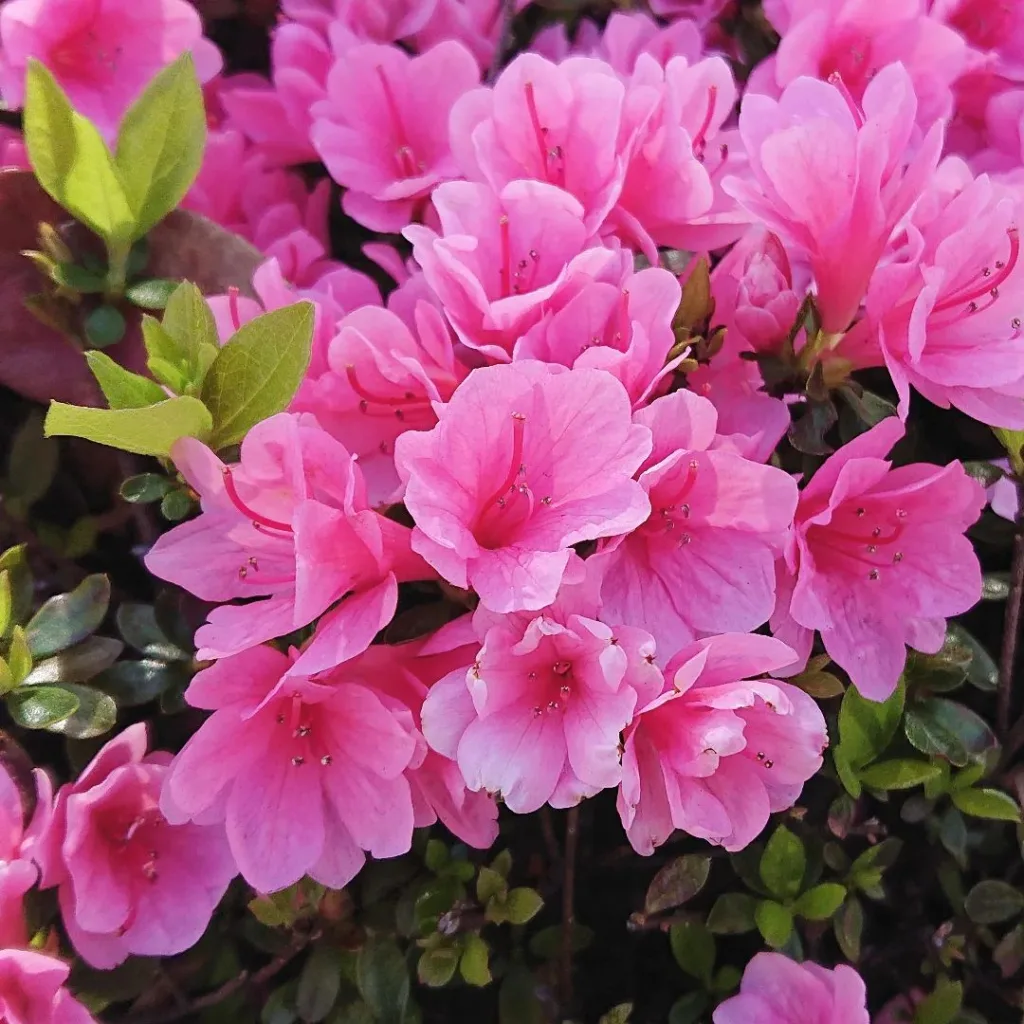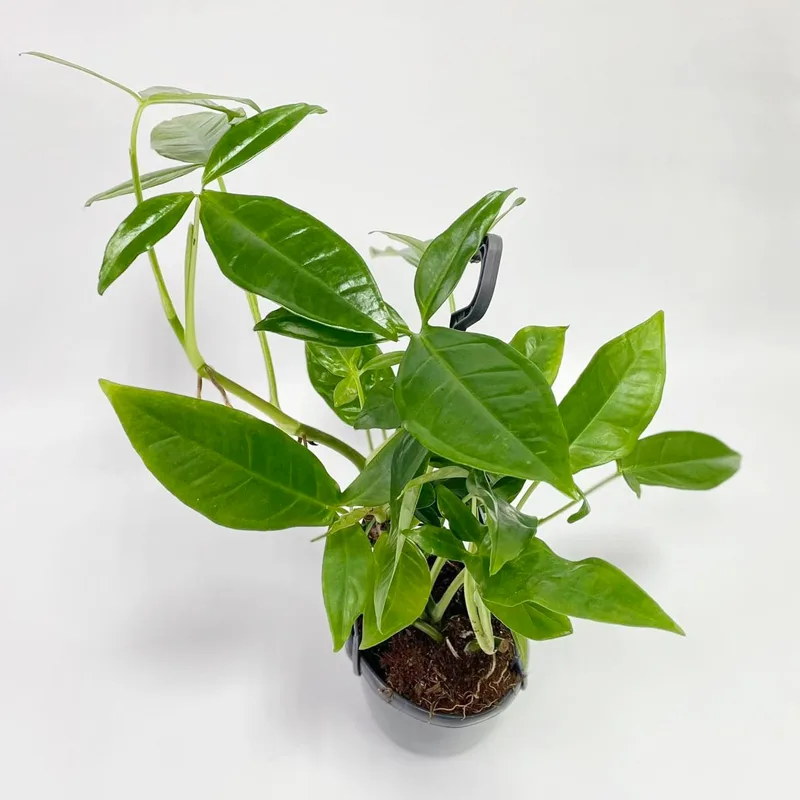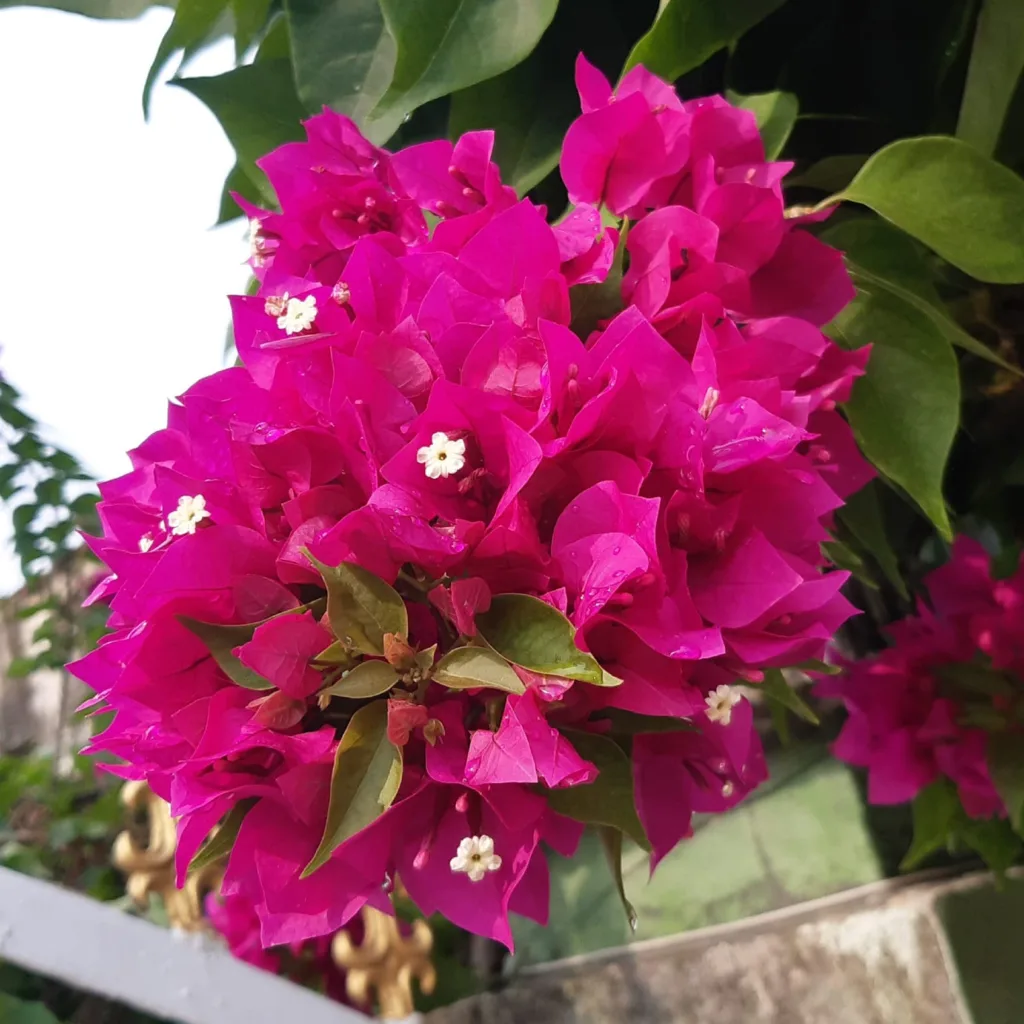What is an African Violet?
African Violet (Saintpaulia, a synonym of Streptocarpus) is one of those houseplants that I’ve always found fascinating. Its small, colorful flowers can brighten up any room, and its velvety leaves add a touch of elegance. I’ve grown African Violets for years, and during this time, I’ve come across several common questions and issues that people, including myself, encounter with this plant.
184 Species in Genus Streptocarpus
How to Repot an African Violet?
Repotting an African Violet can be a bit tricky, but it’s necessary for its health and growth. I usually repot my African Violets when I notice that they have outgrown their pot or when the soil becomes compacted. To repot, I gently remove the plant from its current pot, being careful not to damage the roots. I then place it into a slightly larger pot with fresh African Violet soil. It’s important to choose a pot that is not too large; otherwise, the plant may focus on root growth instead of blooming. I water it lightly after repotting to help the roots settle.
Is African Violet Toxic to Cats?
As a pet owner, this was one of the first questions I had. Luckily, African Violets are non-toxic to cats and dogs. This makes them a great choice for households with pets. I can place my African Violets anywhere in my home without worrying about my curious cats getting into trouble.
Why Are My African Violet Leaves Turning Yellow?
Yellowing leaves are something I’ve encountered a few times. In my experience, this can be due to several factors, such as overwatering, underwatering, or insufficient light. I found that African Violets prefer indirect light and do best when their soil is kept evenly moist. Adjusting these conditions usually resolves the issue for me. If the problem persists, it could also be a sign of nutrient deficiency, so I sometimes add a balanced, water-soluble fertilizer to the watering routine.
How to Divide an African Violet?
Dividing an African Violet is a great way to propagate the plant and manage its growth. When my African Violets become too crowded, I carefully separate the individual plants, ensuring each has its own root system. I then pot them individually. This not only gives me more plants but also helps the original plant thrive by reducing overcrowding.
How to Prune an African Violet?
Pruning African Violets is essential for maintaining their shape and encouraging blooms. I regularly remove dead or yellowing leaves and spent flowers. This not only keeps the plant looking neat but also directs its energy towards producing new growth and flowers. I use small, sharp scissors to make clean cuts, and I’ve found that this simple practice keeps my African Violets vibrant and healthy.
How to Revive an African Violet?
Reviving an African Violet can be challenging, but it’s definitely possible. When one of my plants starts to look weak or wilted, I first assess the watering situation. Overwatering or underwatering are common culprits. If the soil is too wet, I let it dry out before watering again. If it’s too dry, I give it a good soak. I also make sure the plant is receiving enough light and hasn’t been exposed to cold drafts. Sometimes, a weak plant can be revived by repotting it in fresh soil and giving it some extra care and attention.
Why Is My African Violet Not Blooming?
This is a common issue I’ve faced. The main reasons an African Violet may not bloom include insufficient light, improper watering, or a lack of nutrients. I ensure my plants are in a spot with bright, indirect light and that I’m not over or underwatering them. Fertilizing every couple of weeks with a bloom-boosting fertilizer has also helped my African Violets produce more flowers.
Why Is My African Violet Wilting?
Wilting is often a sign of water stress. If my African Violet starts to wilt, I first check the soil moisture. Overwatering can cause root rot, while underwatering can lead to dehydration. In either case, adjusting the watering routine usually helps. I also ensure that the plant isn’t exposed to extreme temperatures, which can cause wilting.
Can I Use African Violet Soil for Aloe Vera?
While African Violet soil is great for its namesake, I wouldn’t recommend using it for Aloe Vera. Aloe Vera prefers a well-draining, sandy soil mix, while African Violet soil is more moisture-retentive. In my experience, it’s best to use a cactus or succulent soil mix for Aloe Vera to prevent root rot and other issues.
How to Start an African Violet From Leaf?
Starting an African Violet from a leaf is one of my favorite propagation methods. I simply choose a healthy leaf and cut it with about an inch of the stem attached. I then place the stem in water or directly into moist African Violet soil. After a few weeks, the leaf will develop roots, and a new plant will start to grow. It’s a rewarding process and an easy way to expand my collection.
African Violet vs Violet
African Violet is often confused with true violets, but they are quite different. True violets (genus Viola) are outdoor plants with different growing requirements. African Violets are tropical plants suited for indoor environments and have more specific care needs. I find that African Violets are easier to manage indoors compared to true violets, which prefer cooler outdoor climates.
African Violet vs Geranium
While both African Violets and Geraniums are popular flowering houseplants, their care needs differ. African Violets prefer indirect light and consistent moisture, whereas Geraniums enjoy bright, direct sunlight and can tolerate drier conditions. I’ve found Geraniums to be more drought-tolerant, making them a bit more forgiving than African Violets.
African Violet vs Kalanchoe
Kalanchoe is a succulent, so its care differs significantly from African Violets. Kalanchoe plants thrive in bright light and require infrequent watering, much less than African Violets. When growing both, I keep my Kalanchoe in a sunnier spot and water it sparingly, while my African Violets stay in a spot with bright, indirect light and get watered more regularly.
African Violet vs Wild Violet
Wild Violets (Viola sororia) are often found in gardens and can spread aggressively. Unlike the delicate African Violet, wild violets are hardy perennials that thrive outdoors and can tolerate a range of conditions. In my experience, wild violets are much less fussy and can become invasive, whereas African Violets require more controlled care indoors.
Conclusion
African Violets are rewarding plants that bring a burst of color to any indoor space. By understanding their specific care needs and addressing common issues, I’ve been able to keep mine healthy and blooming for years. Whether you’re repotting, pruning, or simply enjoying their beauty, African Violets are a joy to grow once you get the hang of it.
If i die, water my plants!



